Episode 1: The Portal Opens – Enter the Waveguide
Blog post description.
SCIENCEWAVEGUIDE CHRONICLES
“In the vast ocean of stars, where silence is broken only by the whisper of cosmic static, not every path for energy is what it seems. Some routes swallow signals whole, scattering them into nothingness. But somewhere, a silent corridor glimmers—an unseen gateway forged by precision and physics. Beyond it, energy finds its purpose, guided with strange elegance through the void. Welcome to the world where portals are real… and they are called waveguides.”
What Is a Waveguide?
Imagine a tunnel carved from polished metal, empty but for the promise of movement. No wheels rumble here. Instead, invisible waves—flashes of radio, pulses of light—rush onward, held tight not by rails, but by the subtle dance of reflection. At every surface the energy bounces, never escaping, always nudged forward. Where wires would bleed strength with every step, here the signal glides, focused and relentless, its journey shaped by physics and geometry.
Why Use Such a Portal?
Why build such intricate paths? Because on the razor’s edge of technology, where whispers matter and noise is the enemy, these portals offer passage where chaos reigns. At high frequencies, most channels fade, spilling precious energy into heat or oblivion. A waveguide, by contrast, holds fast—carrying strength across impossible distances, refusing to burn out or break down. Most mysterious: this portal lets through only the worthy. Each wave must match a secret pattern—what physicists call a “mode”—or be forever barred at the threshold. Only those that align with the waveguide’s geometry may proceed.
Waveguides aren’t just a scientific curiosity—they're essential in the real world. You’ll find them channeling high-powered signals in radar systems, transmitting information to and from satellites, heating food in microwave ovens, and steering particle beams in accelerators. Wherever precise, powerful waves are needed, waveguides become the backbone of modern technology.
Visualizing the Journey: Coaxial Cable vs. Waveguide
Picture two paths.
In the classic coax, the signal squeezes through a narrow gap—center wire to outer tube—energy bleeding away, the path easy yet costly.
But in the waveguide’s hollow, something wondrous unfolds: energy swirls, rebounds, marches onward with near-perfect discipline. Every wall, every corner, plays its part in this elegant journey. The signal is not lost, but sculpted—surviving where others fade.
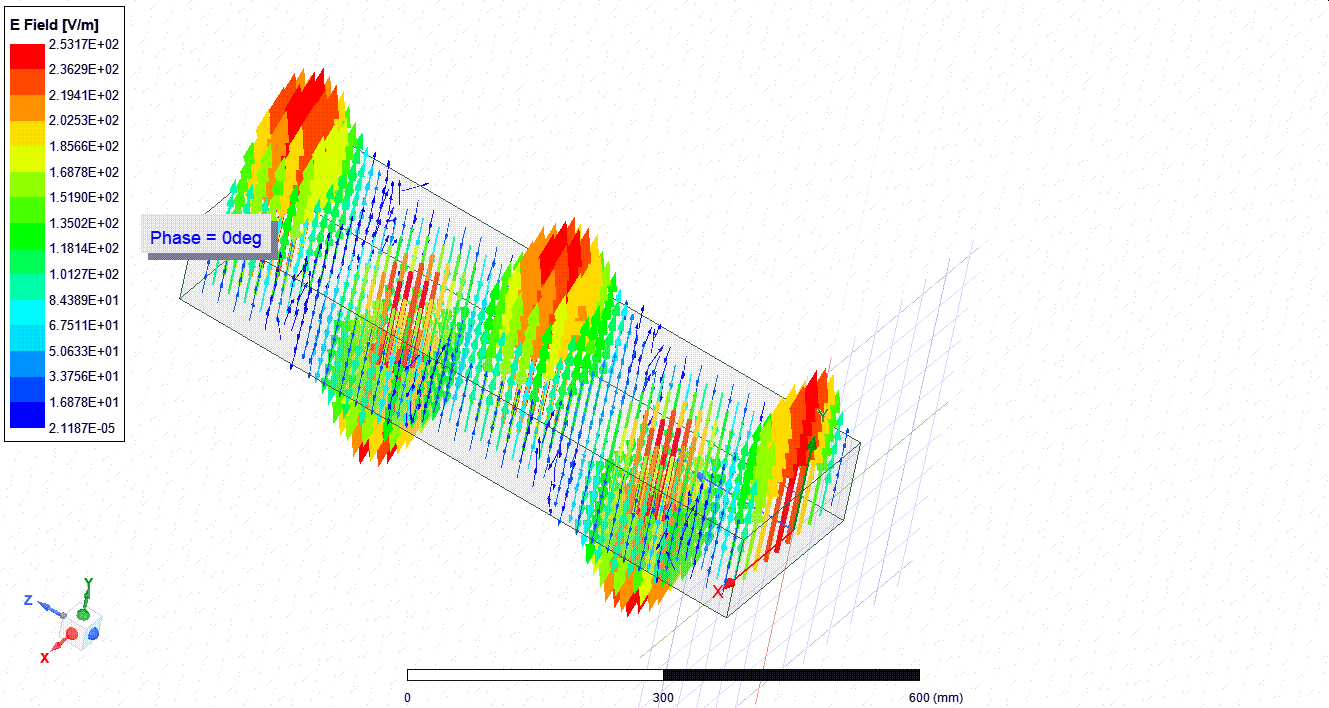

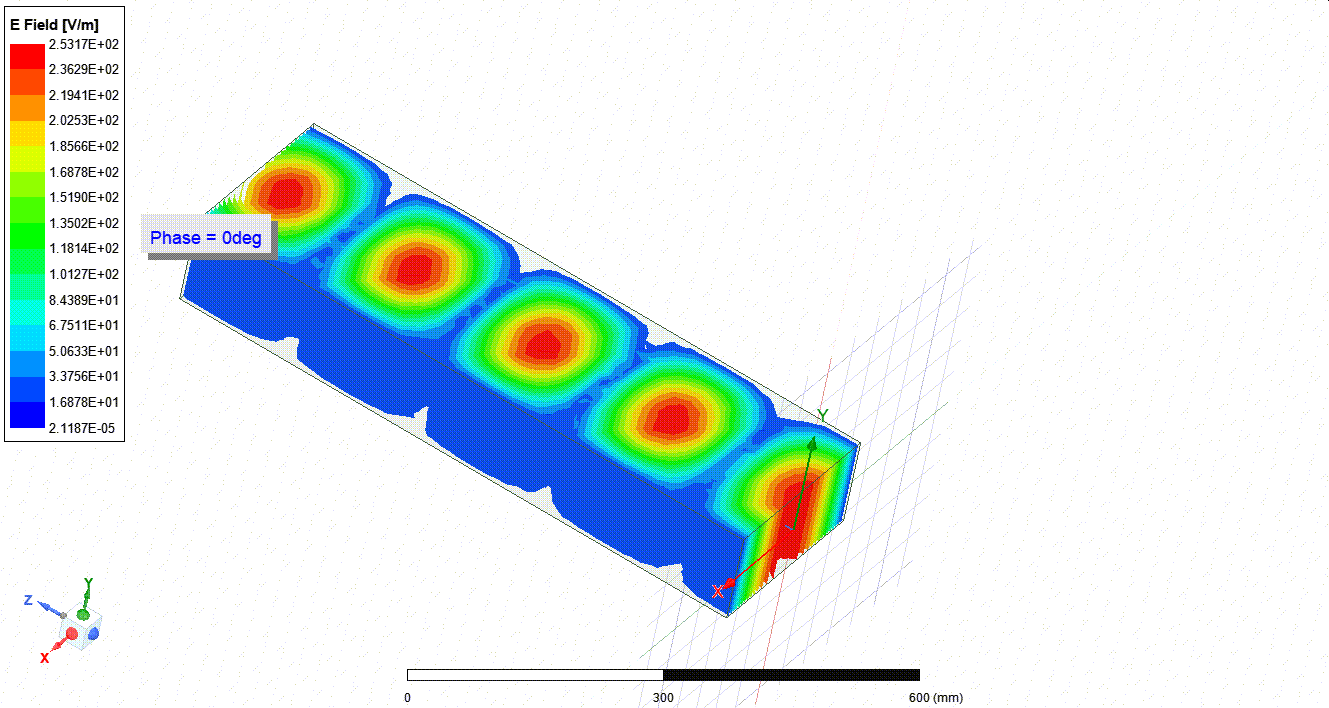

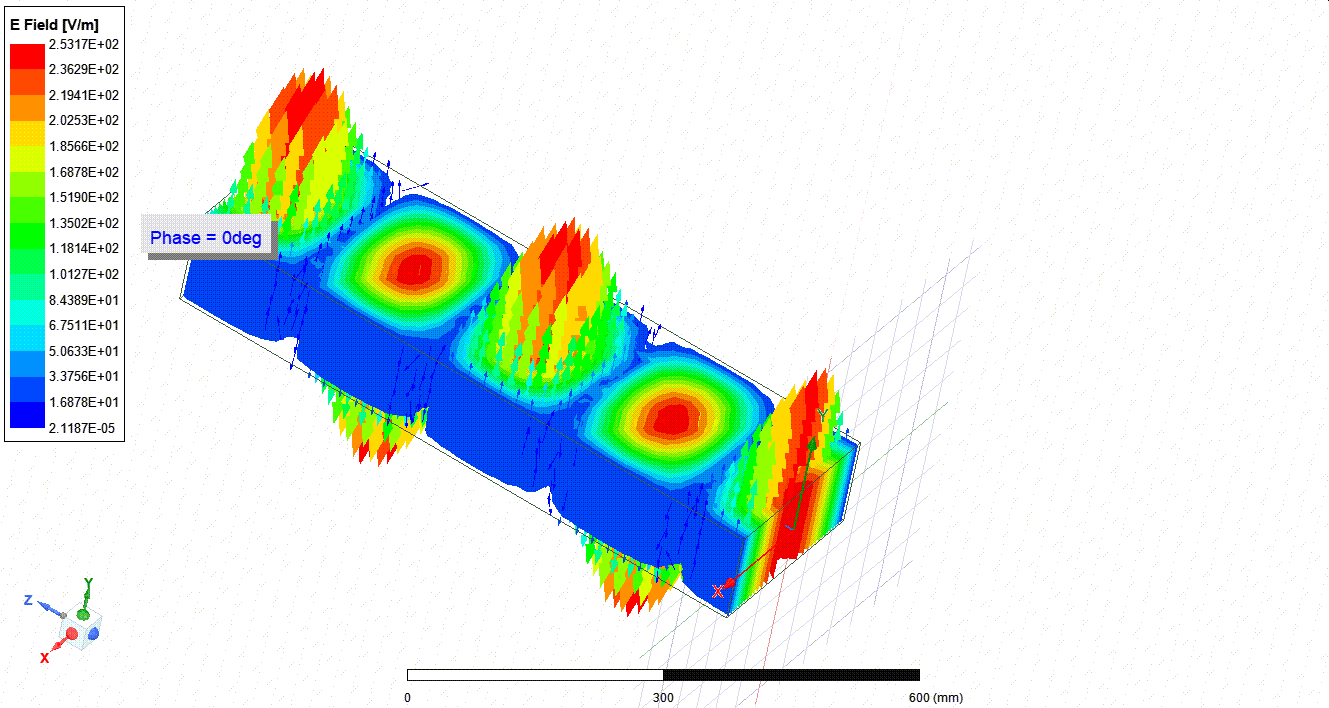

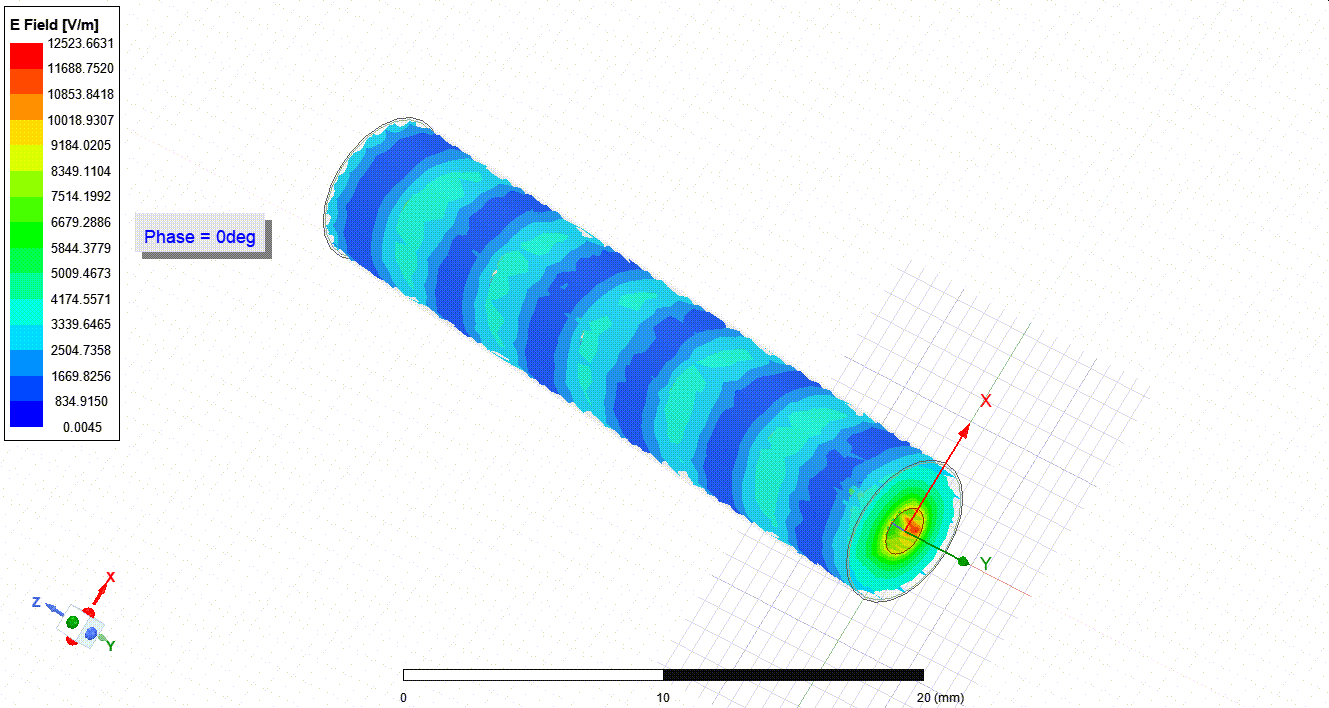

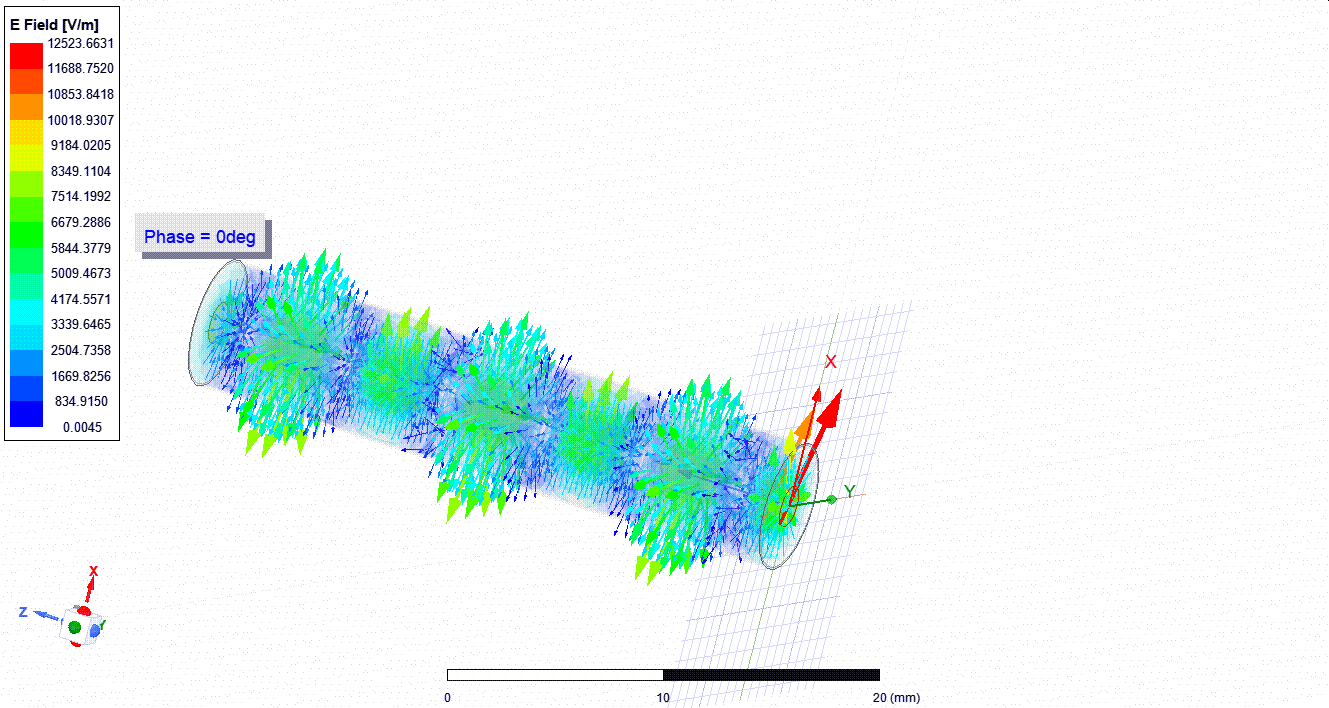

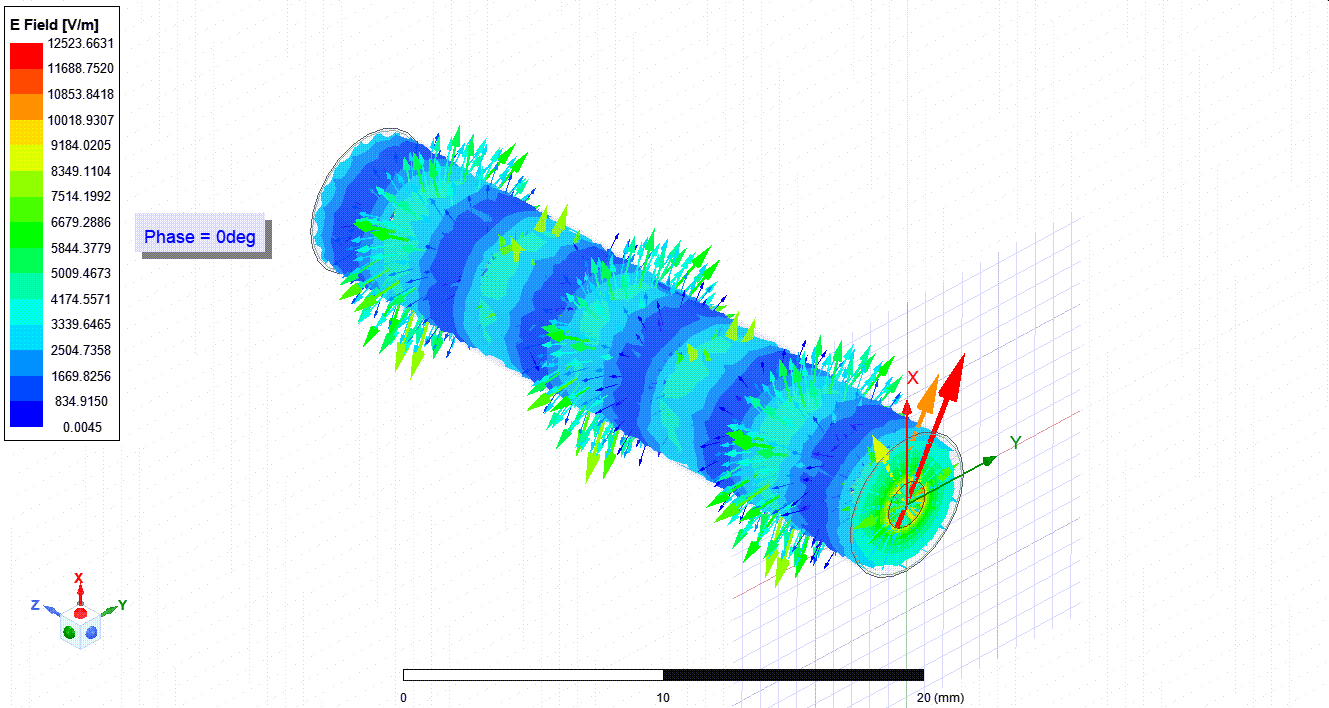

Signal flow in coax
Signal flow in Waveguide
In your mind’s eye—or as you see in the images—notice how energy in the coaxial cable spreads out and gradually fades, its strength seeping away. Now look at the waveguide: the waves travel in bright, steady patterns, moving cleanly down the tunnel, their energy carefully gathered and protected—all marching forward, barely touched by the outside world.
Only the Chosen Pass
Not every signal survives. The portal is selective—deciding, based on shape and rhythm, who may cross the threshold. Only waves that fit the secret code, the unique “mode,” are welcomed. Others crash, vanish, or wander into silence. The mystery lingers: What is it about these patterns? Why such strictness?
Next time, we descend into this code—the hidden language of the waveguide. What becomes of the signals that are left behind? The answer lies beyond the portal… Episode 2 awaits.
